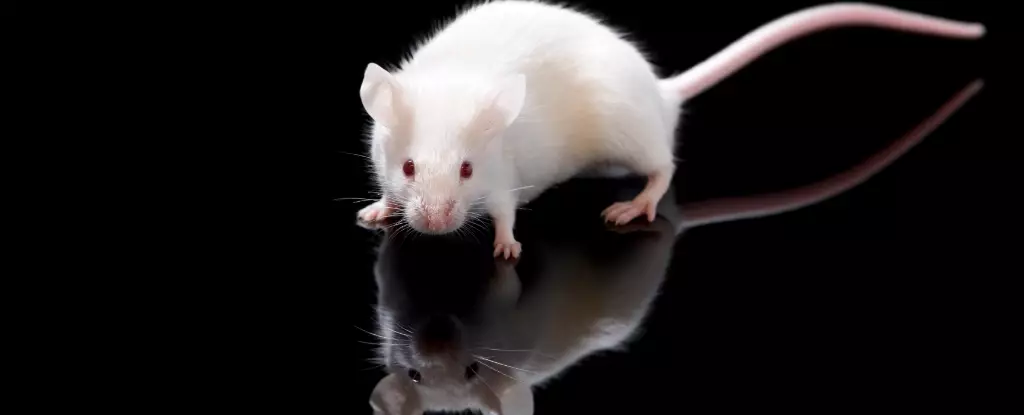In a groundbreaking discovery that seems to be straight out of a sci-fi novel, a team of researchers has achieved the remarkable feat of rendering parts of living mice transparent. This innovative technique involves the use of a biologically-safe dye that alters the light scattering properties of the surrounding fluids in tissues, allowing for a see-through effect. This advancement opens up a world of possibilities for observing internal mechanisms within organisms in real-time.
The ability to make tissues transparent is a game-changer for biologists and medical professionals alike. By manipulating the refractive qualities of biological materials, researchers can now visualize the intricate workings of an organism’s internal structures while they are still functioning in a living body. This has vast implications for improving medical procedures such as vein visualization for blood drawing, laser-based tattoo removal, and early detection and treatment of diseases like cancer.
The Science Behind Transparency
When light of a specific wavelength encounters materials with varying refractive indices, it scatters in all directions, resulting in opacity. This phenomenon is why most biological tissues, including skin, are not transparent. By introducing a dye that absorbs particular wavelengths of light, researchers can modify the refractive index of the surrounding fluids, thereby reducing scattering significantly. This breakthrough is made possible by the Kramers-Kronig relationship, which links a material’s absorption to its refraction.
The use of a food-safe dye called tartrazine ensures the safety of living organisms undergoing this transparency process. The dye is not only biocompatible but also cost-effective and efficient, requiring minimal amounts to achieve the desired effect. Applying a mixture of tartrazine dye and water on mouse skin allows researchers to visualize intricate details of blood vessels, organs, and even muscle contractions in real-time. The transparency effect takes a few minutes to appear, depending on the rate of molecule diffusion into the skin.
While the results obtained on mice are promising, the researchers acknowledge that human skin is significantly thicker, posing challenges for implementing a similar method in humans. However, they are eager to explore the possibilities of extending this technique to human tissues and advancing the field of transparent biological research. The potential applications of this technology in biomedicine are vast, with implications for diagnostics, treatments, and research methodologies.
The development of transparent biological tissues represents a significant leap forward in scientific research and medical innovation. By harnessing the power of light and manipulating the properties of tissues, researchers have unlocked new avenues for studying complex biological processes in real-time. As technology continues to evolve, the possibilities for transparent tissues in medical and biological research are endless, offering a glimpse into a future where the inner workings of organisms are no longer shrouded in mystery.


Leave a Reply